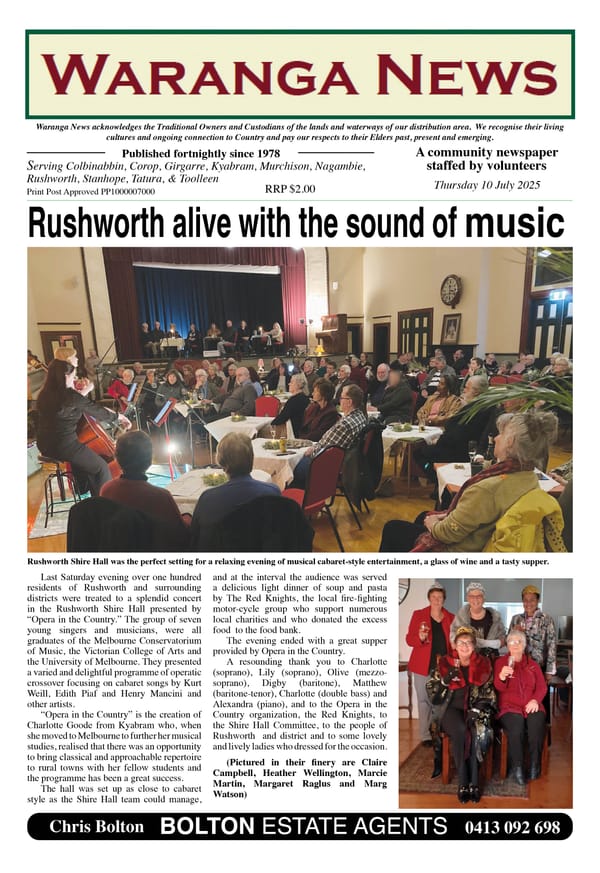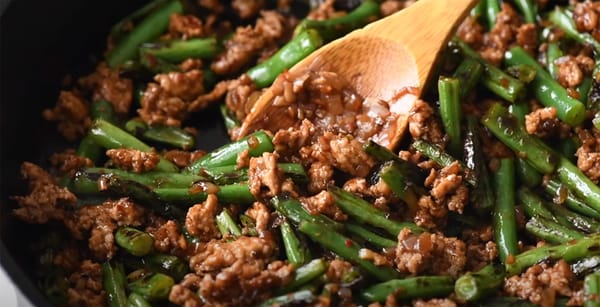22. Chinese ratepayers

See also – Appendix B
The forerunner of the Waranga Shire, the Waranga District Roads Board was set up in 1863, ten years after the discovery of gold in the local area. (The Shire was proclaimed soon afterwards in late 1865) One of the first things to happen was a valuation of properties, many of which were located on Crown Land at the time. Once the valuation was done, the property could be assessed for municipal rates. In the early days, these rates were payable by the occupier rather than the owner, as they are now.
You can imagine the difficulties facing the Board and later Shire staff trying to document this information. With the gold rushes, the situation on the ground would be extremely fluid as people moved from place to place seeking their fortune.
Fortunately, the rate books have been retained for posterity. Many of the earlier ones are available online at the Public Records Office of Victoria (PROV).1 They give some insight into the Chinese presence in the area over the years up to the end of the 19th century, when numbers had declined significantly.
THE 1860S
The first available set of valuations was done in 1863, during which the properties of quite a few Chinese were rated. All of them were on Crown Land. A majority of these were in the four Chinese camps, two at Rushworth and two at Whroo. However, a number appeared at other locations spread across the local goldfields, such as Parramatta, Shellback, Billy Buttons, Profit and Scotchmen’s Gullies. Others were located at or near Growlers, White Hills and Fontainbleu. Those that lived in these other places were usually the only Chinese listed there. Typically, their rated property would consist of a hut and a puddling mill or machine.
Occasionally, the main asset (in addition to a hut) was a garden. Ah Kong (probably Ah Chong) was listed as having a hut and garden on the Five Mile Creek, Moora, which received a valuation of 12 pounds. Rates of 12 pence were calculated per pound of valuation, which meant that Ah Kong was up for 12 shillings in rates for the year. Two storekeepers were listed in Whroo, Ah Chow (probably Ah Chou) and Ah Wee, whose property included “store and buildings” in each case. Their properties were only given valuations of 15 pounds, so it seems the buildings were insubstantial.
By the time the next lot of valuations was done in 1865, the valuers had got slack. Many of the ratepayers were simply listed as “Chinaman”, without any obvious effort to determine names. That is unfortunate, as it makes it harder to track the movements of people over the years.
SELECTION
From the early 1870s, there was a rapid influx of settlers taking up allotments known as selections. The number of ratepayers increased dramatically, going up five-fold from the mid-1860s, to 1880 when there were 2115 rated properties. Despite the increasing population, the number of Chinese inhabitants of Waranga was on the wane. This was partly due to the virtual end of alluvial mining, which prompted many to return to the country of their birth.
At the same time, the colonial governments made it harder for Chinese people to enter the country. If they left, even just for a holiday or to visit family, it was made more difficult for them to return. As the move towards federation gathered steam, the framework for the White Australia policy was put in place.
20th CENTURY
Few Chinese stayed in the area into the 20th century. By then, they were mostly market gardeners. Two that are well known were Ah Cheong and Ah Chong (no relation). Ah Cheong had a leasehold of 80 acres at Whroo. The valuation was 14 pounds ($28) and the rate applied to that was still 12 pence per pound. Ah Chong had 40 acres, listed as Rushworth but more likely Moora. There appear to have been three other Chinese with market gardens in the Waranga Shire at this time, albeit operating on a smaller scale than the other two.
Only one Chinese appearing in the 1900 rate books was listed as a miner. He had a cottage at Rushworth as his main asset.
Sources: 1 PROV – search “Waranga Rates”. A shout out to Samantha Cerchi for suggesting this amazing source.




